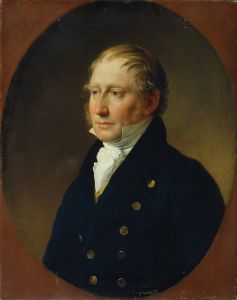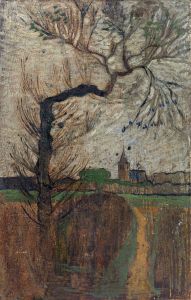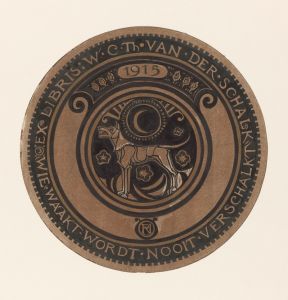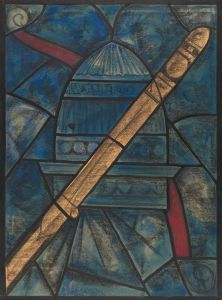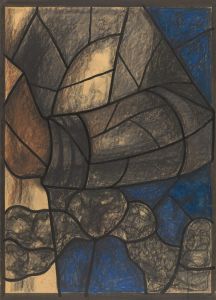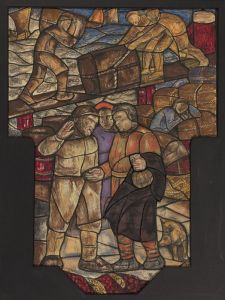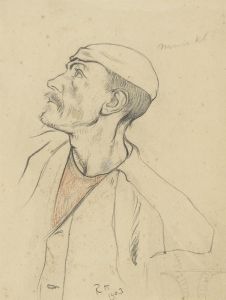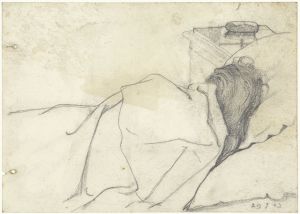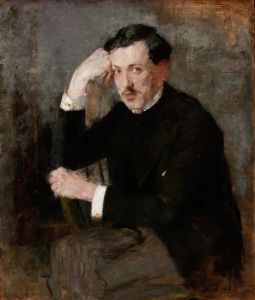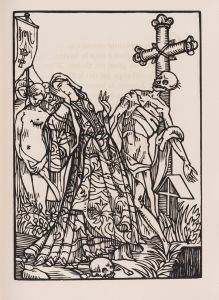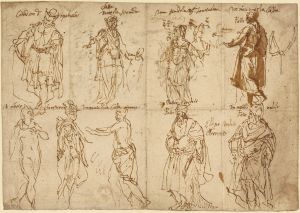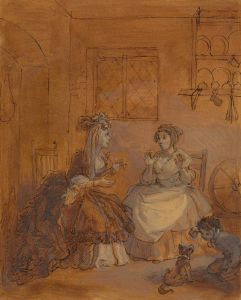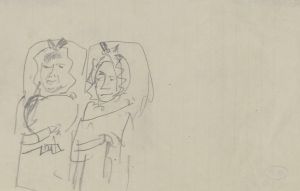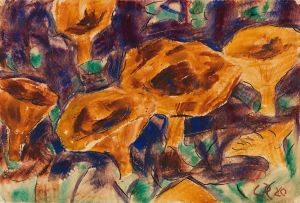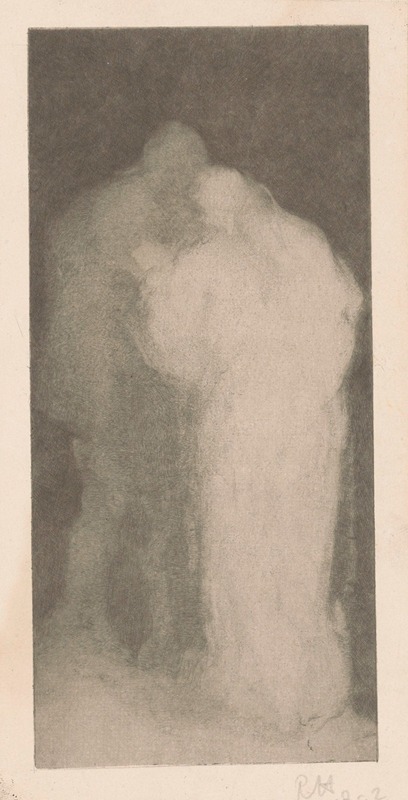
Twee staande figuren,after Matthijs Maris
A hand-painted replica of Richard Nicolaüs Roland Holst’s masterpiece Twee staande figuren,after Matthijs Maris, meticulously crafted by professional artists to capture the true essence of the original. Each piece is created with museum-quality canvas and rare mineral pigments, carefully painted by experienced artists with delicate brushstrokes and rich, layered colors to perfectly recreate the texture of the original artwork. Unlike machine-printed reproductions, this hand-painted version brings the painting to life, infused with the artist’s emotions and skill in every stroke. Whether for personal collection or home decoration, it instantly elevates the artistic atmosphere of any space.
"Twee staande figuren, after Matthijs Maris" is a work by the Dutch artist Richard Nicolaüs Roland Holst, inspired by the style and themes of Matthijs Maris, a prominent figure in the Hague School of painting. Richard Roland Holst, born in 1868, was a versatile artist known for his contributions to painting, illustration, and design. He was deeply influenced by the Symbolist movement and the Arts and Crafts movement, which is reflected in his works.
Matthijs Maris, the original artist whose style inspired this work, was known for his dreamlike and often melancholic paintings. He was the brother of the more famous painters Jacob and Willem Maris. Matthijs developed a unique style characterized by ethereal figures and a subdued color palette, often exploring themes of fantasy and introspection. His work was less focused on the realistic portrayal of subjects, unlike his contemporaries in the Hague School, and more on capturing an emotional and atmospheric quality.
Richard Roland Holst's "Twee staande figuren" reflects his admiration for Maris's approach, capturing the essence of Maris's ethereal style while infusing it with his own artistic sensibilities. Roland Holst was known for his ability to blend different artistic influences, and this work is a testament to his skill in synthesizing the dreamlike qualities of Maris's work with his own symbolic and decorative approach.
Throughout his career, Roland Holst was an influential figure in Dutch art, not only for his paintings but also for his work in graphic design and murals. He was a prominent member of the Dutch labor movement and used his art to express social and political themes. His commitment to integrating art into everyday life was evident in his involvement with the Arts and Crafts movement, which sought to bring artistic craftsmanship to industrial design.
"Twee staande figuren" is a reflection of Roland Holst's broader artistic philosophy, which emphasized the spiritual and symbolic potential of art. His works often featured allegorical figures and were imbued with a sense of mysticism and idealism. This painting, inspired by Matthijs Maris, is a continuation of his exploration of these themes, showcasing his ability to pay homage to his influences while maintaining his unique artistic voice.
The painting is part of a larger body of work by Roland Holst that demonstrates his versatility and depth as an artist. His contributions to Dutch art extend beyond his paintings, as he was also a respected teacher and mentor to younger artists. His legacy is marked by his dedication to the integration of art and life, and his influence can be seen in the continued appreciation of his work in both historical and contemporary contexts.
Overall, "Twee staande figuren, after Matthijs Maris" exemplifies Richard Roland Holst's ability to engage with the artistic traditions of his time while contributing his own distinct perspective, making it a significant piece in the study of Dutch art history.





